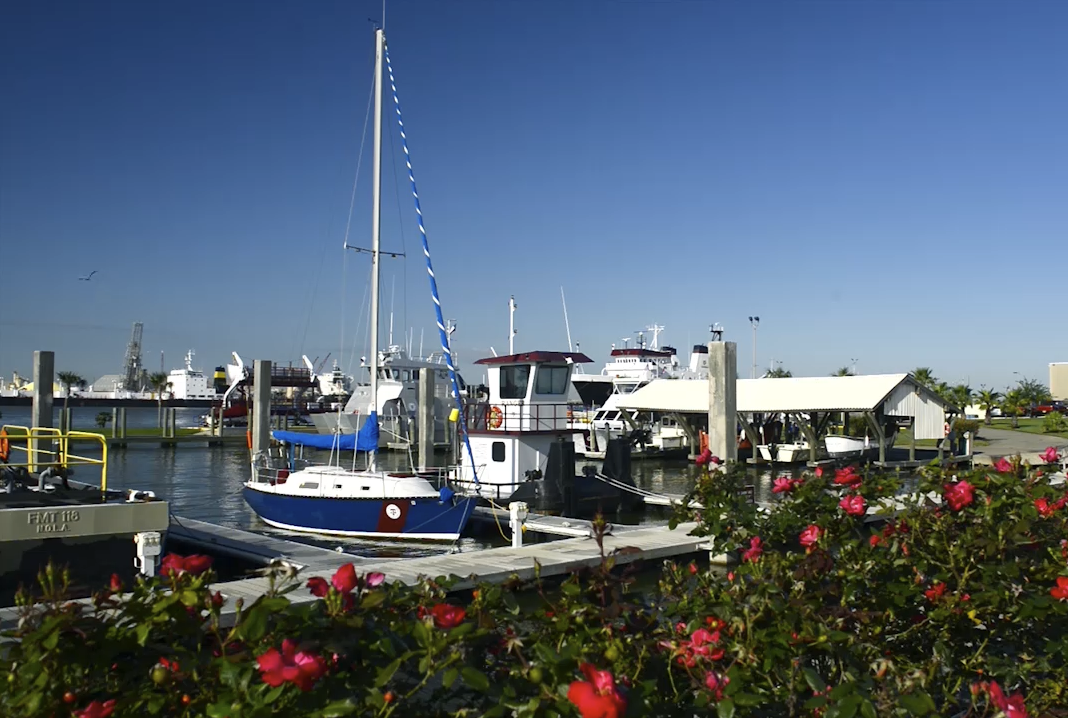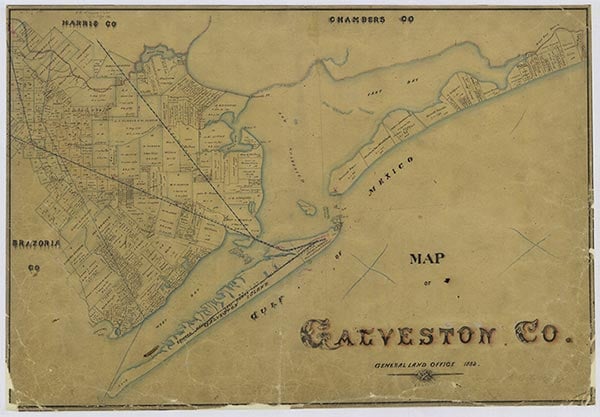Texas A&M University at Galveston

View of the docks, TAMU Galveston

Texas A&M University at Galveston is the maritime and marine branch of the Texas A&M University System, a branch unique among state universities in the United States. It offers specialized educational programs in marine curricula leading to accredited bachelor of science degrees with or without a "license-option." The license-option provides additional technical training designed to prepare graduates to take United States Coast Guard examinations for licenses as third assistant engineers or third mates in the United States Flag Fleet (Merchant Marine). The Galveston Marine Laboratory and the Texas Maritime Academy provided the foundation for what was to become Texas A&M University at Galveston. The Marine Laboratory, founded in the late 1950s by two A&M science professors, Albert Collier and Sammy Ray, conducted scientific research in oceanography and marine biology. Meanwhile, Rear Admiral Sherman B. Wetmore, United States Naval Reserve, and other interested Galvestonians petitioned the Texas legislature to appropriate money to establish the Texas Maritime Academy. The support of State Senator A. R. Schwartz, Speaker of the House Waggoner Carr, Representative Peter J. LaValle, and others was instrumental in getting the appropriation. The academy began operation as a part of the Texas A&M University System in 1962. Capt. Bennett M. Dodson, United States Navy, Retired, served as the academy's first superintendent from 1962 to 1967. The TMA at first enrolled twenty-seven cadets and offered two curricula to educate future deck and engineer officers for the Merchant Marine. The Department of Oceanography of Texas A&M previously had obtained from the federal government a gulf-front building in Galveston at Fort Crockett, a former United States Army post. The academy used space in the building for offices, classrooms, and a dormitory. The federal government also provided a training ship, the 15,000-ton Texas Clipper, a former passenger and cargo liner. In 1996 this ship was replaced by the 393-foot Chauvenet, which was renamed the Texas Clipper II.
In 1968 a gift of 100 acres of land for a campus on Pelican Island marked a new direction for the institution. The gift from the family of native Galvestonian George P. Mitchell (A&M class of 1940) and the Mitchell-Dobbins Land Corporation was made in honor of Mitchell's parents. Some of the donated land was to be used for an oceanography and marine technology center. Mary Moody Northen procured a grant for the institution of $1 million from the Moody Foundation, an indication of strong support from the Galveston community. In 1971 the president of Texas A&M, Jack Williams, appointed William H. Clayton dean of the new College of Marine Sciences and Maritime Resources in Galveston. That year students and faculty began using a classroom and administration building, the first academic structure on Mitchell Campus. Workmen soon finished the oceanography and engineering buildings. Enrollment increased from ninety-one students in 1971 to 600 in 1979. The first "non-license" students (including women) enrolled in 1973, and women registered as cadets for the first time in 1974. Growth prompted the construction of new buildings. Among them were a dormitory accommodating 240 students and the Mary Moody Northen Student Center, both completed in 1976. A classroom and laboratory building and a 414-student dormitory were completed in 1979 and 1982, respectively. Meanwhile the Texas legislature had renamed the institution the Moody College of Marine Sciences and Maritime Resources in 1972, and the Texas A&M System Board of Regents gradually approved several additions to the college's curricula. These included marine sciences, marine biology, marine fisheries, maritime systems engineering, and maritime administration. The two original programs of the old Maritime Academy in marine transportation and marine engineering were continued and improved. In 1979 the Texas A&M System Board of Regents redesignated the institution as Texas A&M University at Galveston, and the state legislature officially approved the name in 1981. In 1986, 524 undergraduates were enrolled in the university's two colleges: 57 percent in the Moody College of Marine Technology and 43 percent in the Texas Maritime College. One in three students was female. Almost 35 percent of all students were pursuing degrees in the most popular curriculum, marine biology, and 19 percent were enrolled in curricula leading to a Coast Guard license. The number of faculty members had increased from fifteen in 1971 to sixty-two in 1986. The university's extension school and community service program were coordinated by James McCloy. The university is accredited by the Southern Association of Colleges and Schools, and its marine engineering curriculum is accredited by the Accreditation Board for Engineering and Technology. In January 1987 William Clayton, the university's first president, was replaced by interim president Sammy Ray. The chancellor of the Texas A&M University System, Perry Adkisson, named William Merrell to become the next president of Texas A&M University at Galveston in September 1987. Texas A&M University at Galveston had eighty faculty members and 1,285 students for the 1992–93 regular term, plus an enrollment of 1,200 for the 1992 summer session and 800 in extension programs. David J. Schmidly served as dean of the institution. The school opened an Offatts Bayou Campus, which houses the Center for Marine Training and Safety, in 1993. In 1998 maritime studies became the school's first bachelor of arts academic program. In that year, enrollment was 1,250 with a faculty of 100. In 2001 W. Michael Kemp served as the school's vice president and chief executive officer.
Joseph G. Dawson III | © TSHA

Adapted from the official Handbook of Texas, a state encyclopedia developed by Texas State Historical Association (TSHA). It is an authoritative source of trusted historical records.

- ✅ Adoption Status:
Belongs to
Texas A&M University at Galveston is part of or belongs to the following places:
Date of Founding Notes
Classes first held in 1962 as Texas Maritime Academy; as 4-yr. Moody College of Marine Sciences and Maritime Resources, 1971
People
-
Chief Operating Officer, Col. Michael E. Fossum USAFR (Ret.) 2017–Present
Currently Exists
Yes
Place type
Texas A&M University at Galveston is classified as a College or University
Tags
External Websites
- Texas A&M University at Galveston (Official Website)
Fall Faculty Count, 2019 View more »
124
Fall Enrollment Count, 2022 View more »
2,232

